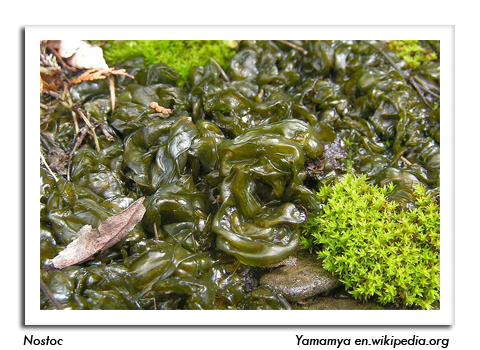
 |
|
|
Nursery & Forest
Volume 62 Number 9 Date 06/22/2017 BLACK SPOT ON ROSE - This fungal disease of roses is especially prevalent this season. Diagnostic features are small, round black spots with feathery margins on the leaf surface that enlarge and cause foliage to turn yellow and drop prematurely. The black spots first appear on expanding lower leaves during wet weather, but eventually spread to the entire plant. High humidity and warm temperatures favor development of this disorder and can accelerate spore germination to bring about infections within a 24-hour period. Management includes using disease resistant cultivars, removing infected leaves and canes, planting roses in open locations with good air circulation, and avoiding overhead watering. Fungicides applications may begin as soon as leaves emerge and should be continued at recommended intervals until fall. APHIDS - A number of aphids which feed on various herbaceous ornamentals and vegetables were noted in nurseries and garden centers from Vernon to Pierce counties this week. Among the most frequently infested plants were grape, hosta and eggplant. Most plants are susceptible to aphid feeding, especially when young, and many aphid species are primary vectors of plant diseases. Routine monitoring for aphids should be underway. Control options include dislodging with a forceful spray of water, using commercially available biological controls, or treating severe problems with insecticidal soaps or horticultural oils. SLUGS - Persistent wet conditions are providing favorable conditions for slug activity and damage throughout much of the state. Because slugs are nocturnal feeders, plant damage occurs overnight and the cause is usually not apparent. Species such as the grey field slug, Deroceras reticulatum, are capable of inflicting substantial crop and garden damage, traveling up to 40 feet in one night. Slug activity quickly subsides with drier weather, but if control is warranted, a few options are as follows: sprinkling diatomaceous earth atop the soil beneath high-risk plants; encircling containers and small raised beds with protective copper tape; or trapping slugs by placing wet newspapers beneath boards laid on the ground. Slug baits with an iron phosphate component are often a good solution in mulched perennial beds. Interestingly, the rise in slug populations resulting from wet weather may be linked to the abundance of fireflies this season since larval fireflies feed on snails, slugs, worms and soft-bodied insects. The larvae even use slime trails of slugs and snails to locate their prey. NOSTOC - Nursery growers are advised to watch for development of this blue-green algae in moist growing locations and pursue aggressive control if Nostoc is found. Unlike typical aquatic algae, these matted slippery growths can survive in terrestrial sites, presenting a hazard on concrete sidewalks, in container growing areas, on pathways, and in lawns. Once established, this organism is capable of manufacturing and discharging polysaccharides which form a coating that protects it from drought and temperature fluctuations. During rain-free periods the mats dry into a black crust that regenerates with sufficient moisture. Chemical and cultural controls are limited due to Nostoc's ability to survive extreme conditions. In nurseries, shoveling and bagging the mats for landfill disposal is optimal. Care should be taken to avoid breaking up the mass and spreading it via composting or contact contamination. On infested turf, chemical controls could include fungicides like mancozeb and chlorothalonil, copper sulfate, and sodium carbonate, and peroxyhydrate granules when the cyanobacteria are wet prior to application. Nostoc develops more rapidly with phosphorus fertilizer, so reducing off-target phosphorus availability from nursery stock is critical. DIPLODIA TIP BLIGHT - Symptoms of this tip blight of fir, pine and spruce trees were observed on Scots pines in a Jackson County retail center. Diplodia is characterized by drooping, stunted new shoots with short, brown needles, and black fruiting bodies on infected needles. Fungicides applied earlier this spring as new growth (candles) was expanding would have prevented formation of the spores now being disseminated to infect current-year needles, but chemical control is no longer effective. If more than 10% of the trees develop severe shoot blight by late summer, a spray program is advisable next spring. -- Tim Boyle, DATCP Nursery Inspector 





|
|
|